Have you ever wondered if your cat can do more than just purr and sleep? Many cat owners dream of teaching their pet tricks, but often encounter a lack of understanding from their furry friend.
With a clicker you can teach your cat tricks in a fun way and improve your communication. In this article you will learn everything about the basics of clicker training, how to best use it and which exciting tricks your cat can learn with it.
Clicker Training: Basics and Benefits for Your Cat

Clicker training is an effective method of teaching cats new tricks in a playful way. The clicker is a small device that makes a distinct clicking sound. This sound is used as a signal to show the cat that it has done something right. The special thing about clicker training is that it is based on positive reinforcement. This means that good behavior is rewarded instead of bad behavior being punished. This makes learning fun for your cat and keeps it motivated.
The basics of clicker training are relatively simple:
- You make a clicking sound at the exact moment your cat shows the desired behavior.
- Immediately after the click, a reward follows, usually in the form of a treat.
- Repeat this process until your cat associates the clicking sound with the reward and shows the desired behavior to receive the clicking sound and thus the reward.
Clicker training is not only useful for teaching tricks , but also for solving behavioral problems and strengthening the bond between you and your cat. It helps:
- Build trust as your cat learns that good behavior will be rewarded.
- To develop your cat's intelligence and dexterity as he learns to solve problems to get his reward.
- To prevent boredom and to keep your cat mentally and physically stimulated, which is especially important for indoor cats.
What you need for clicker training
To begin clicker training , it is important that you have some basic materials on hand. The most important item is the clicker itself, a small device that produces a clear clicking sound. This sound will be your main means of communication with your cat. You can find clickers in various designs in pet stores, and they are usually inexpensive.
In addition to the clicker, treats are essential. They serve as a reward for your cat when it does something right. It is important that you choose treats that are irresistible to your cat, but at the same time remain healthy. Here are some examples:
- dry food.
- Dried meat.
- Small pieces of their favorite food.
Preparing the right environment is another important step. You should make sure that the training location is free of distractions so that your cat can fully concentrate on training. Some tips for a good training environment:
- Choose a quiet room.
- Hide the treats so they don't distract.
- A seat cushion can help you sit comfortably on the floor.
Last but not least, patience is key. Each cat learns at their own pace, and it is crucial that you remain patient and do not become frustrated if progress is slower than expected. Empathy and understanding of your cat's needs are key to successful training.
First Steps in Clicker Training with Your Cat
Before you start with complex tricks, it is important that your cat learns what the clicker means . This is the first step in clicker training. You condition your cat that every time it hears the click sound, a reward will follow immediately. This prepares it to associate the click sound with positive things.
To start training, sit in a quiet environment with no distractions and have some of their favorite treats ready. Then follow these steps:
- Wait for your cat to pay attention to you.
- Use the clicker and give her a treat immediately.
- Repeat this process several times until she understands the principle.
Once your cat associates the clicking sound with a reward, you can start with simple exercises. For example, you can get her to follow you by using the clicker when she takes a step towards you and then reward her. The important thing is :
- Be consistent with the post-click reward.
- Keep your training sessions short to avoid overexertion.
Once your cat has grasped the basic idea of clicker training, you can begin to shape specific behaviors . Click and reward will now come whenever your cat shows a behavior you want to encourage. With patience and practice, you will soon see your cat learn and respond to the clicker, which will form the basis for further tricks.
Simple and advanced tricks for cats

Clicker training opens up a world of exciting possibilities for you and your cat. As soon as your cat has understood the principle of clicker training, you can start with simple tricks. A popular trick to start with is the nose target, where your cat should learn to touch a certain object with its nose.
To teach the nose target, hold the target stick close to your cat's nose. When she touches it, click and give her a treat. Repeat this process until your cat understands that touching the stick to her nose triggers the reward.
Once your cat has mastered the nose target, you can move on to more advanced tricks . Here are some examples:
- Give a paw : Hold your hand in front of your cat's paw and click as soon as he raises it.
- Sit : Wait for your cat to sit and then click to reinforce the behavior.
- Male : Lure your cat to stand on its hind legs with a treat and click when it holds the position.
Advanced tricks can also include exercise that helps your cat get some physical exercise. For example, you could teach your cat to jump through a hoop or complete a slalom course . These exercises are not only mentally challenging, but also promote your cat's agility and fitness.
Useful everyday exercises such as going into the transport box or accepting grooming can also be trained with the clicker. Click and reward every small behavior in the right direction until your cat has internalized the respective exercise. This makes grooming or taking medication, for example, less stressful for both of you.
Always remember that clicker training is based on positive reinforcement and should be fun. Be patient and celebrate every little improvement. With time and the right approach, you will be amazed at what your cat is capable of.
Common mistakes in clicker training and how to avoid them
Clicker training can be a fantastic way to communicate with your cat and teach them new tricks. But sometimes mistakes happen that can hinder the learning process. A common mistake is inconsistent clicking. That means you don't always click for the same behavior, which can confuse your cat. To avoid this, have clear criteria for the desired behavior and follow them consistently.
Another mistake is not giving the reward immediately after the click. The cat may then not understand that the click is a promise of a reward. Here are some tips to prevent this:
- Keep the treats handy to avoid delays.
- Practice timing so that there is no waiting time between the click and the reward.
- Use a signal word or gesture if you cannot give the reward immediately.
Last but not least, it is a mistake to overestimate the duration of training . Long training sessions can overwhelm your cat and reduce its motivation. Short, frequent training sessions are more effective and keep your cat's attention. Set clear goals for each training session and end the training with a positive experience so that your cat looks forward to the next time.
Benefits of Clicker Training for Cats and Owners

Clicker training is not only a way to teach your cat tricks , but it also has many benefits for both of you . Firstly, it strengthens your bond because you learn more about your cat's preferences and strengths. By encouraging these in a targeted manner, you show your cat that she can be herself with you and that you can have fun together.
For the cat, clicker training is a challenging activity that keeps it mentally busy. The cat must:
- Think about how she gets the reward
- Be creative and try different strategies
- Concentrate and learn what the clicking sound means
Clicker training also has advantages for you as the owner. You learn to understand your cat better and improve communication between you. The training can also help to reduce stress and give your cat physical exercise, which makes it more balanced and happier.
Clicker training in multi-cat households: How to do it
Clicker training in a multi-cat household is particularly challenging, but it is possible to accommodate all of the cats. It is important that each cat is trained individually to avoid conflict and jealousy. Here are a few tips on how to do this:
- Start with individual training in a separate room.
- Make sure each cat has its own training time.
- Use individual clicker signals or different clickers to avoid confusion.
To make training enjoyable for all cats, you should ensure that rewards are distributed fairly . It is essential that each cat feels that it is being treated equally. This also includes:
- Equal amount of treats for each cat.
- The same amount of attention and care during the training session.
- Fairness when changing training rounds so that every cat gets its money's worth.
Flappie: The smart solution for a prey-free home
Flappie offers a smart solution for cat owners who want a prey-free home . Flappie's intelligent cat flap uses AI technology to detect whether your cat comes home with prey. If so, the flap stays closed. This keeps your home clean and you don't have to worry about your cat bringing unwanted guests. The advantages of Flappie are clear:
- Selective access control prevents loot from entering the house
- Prey detection by camera equipped with AI technology
- An app that allows you to remotely control the cat flap, with notifications and insights into your cat's life Flappie makes it easy to have a clean and controlled home without restricting your cat's freedom.
Frequently Asked Questions
Is clicker training good for cats?
Yes, clicker training is an effective way to teach cats new tricks through play. It is based on positive reinforcement, which means that good behavior is rewarded. The training helps build trust, develop the cat's intelligence and dexterity, and prevent boredom, so it is good for cats, both mentally and physically.
When should you use clickers on cats?
Before you start with complex tricks, it is important that your cat first learns what the clicker means. This is the first step in clicker training. You are conditioning your cat that every time it hears the click sound, a reward will follow immediately. So you should start clicking as soon as the cat is ready to learn this association.
How do you do clicker training with cats?
To start clicker training, sit in a quiet environment with no distractions and have some of your cat's favorite treats ready. Wait for your cat to pay attention to you, then use the clicker and immediately give her a treat. Repeat this process several times until she understands the principle. After this conditioning, you can start with simple exercises and then shape specific behaviors by using click and reward every time your cat shows a behavior you want to encourage.
Can I teach my cat tricks?
Yes, you can use clicker training to teach your cat simple and advanced tricks. A popular trick to start with is the nose target, where the cat learns to touch a certain object with its nose. Once your cat has mastered this, you can move on to more advanced tricks such as 'give paw', 'sit' or 'stand up'. Sports exercises or useful everyday exercises can also be trained with the clicker.
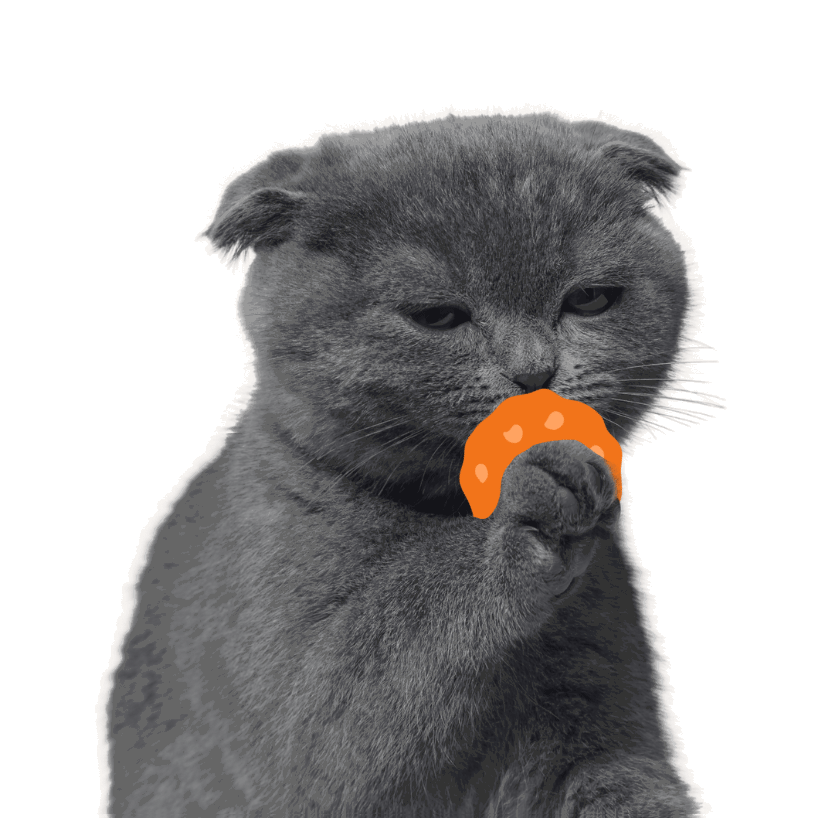
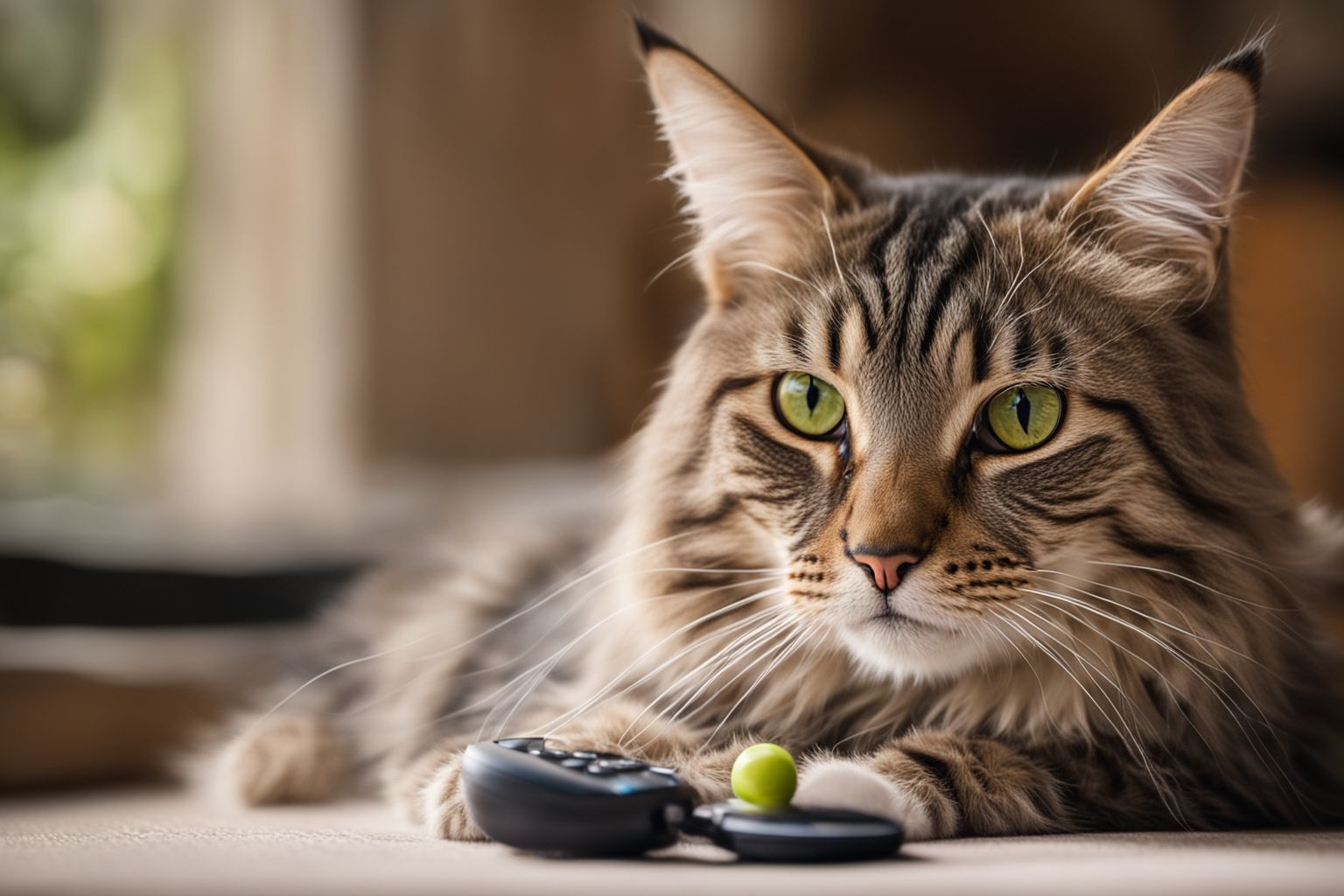
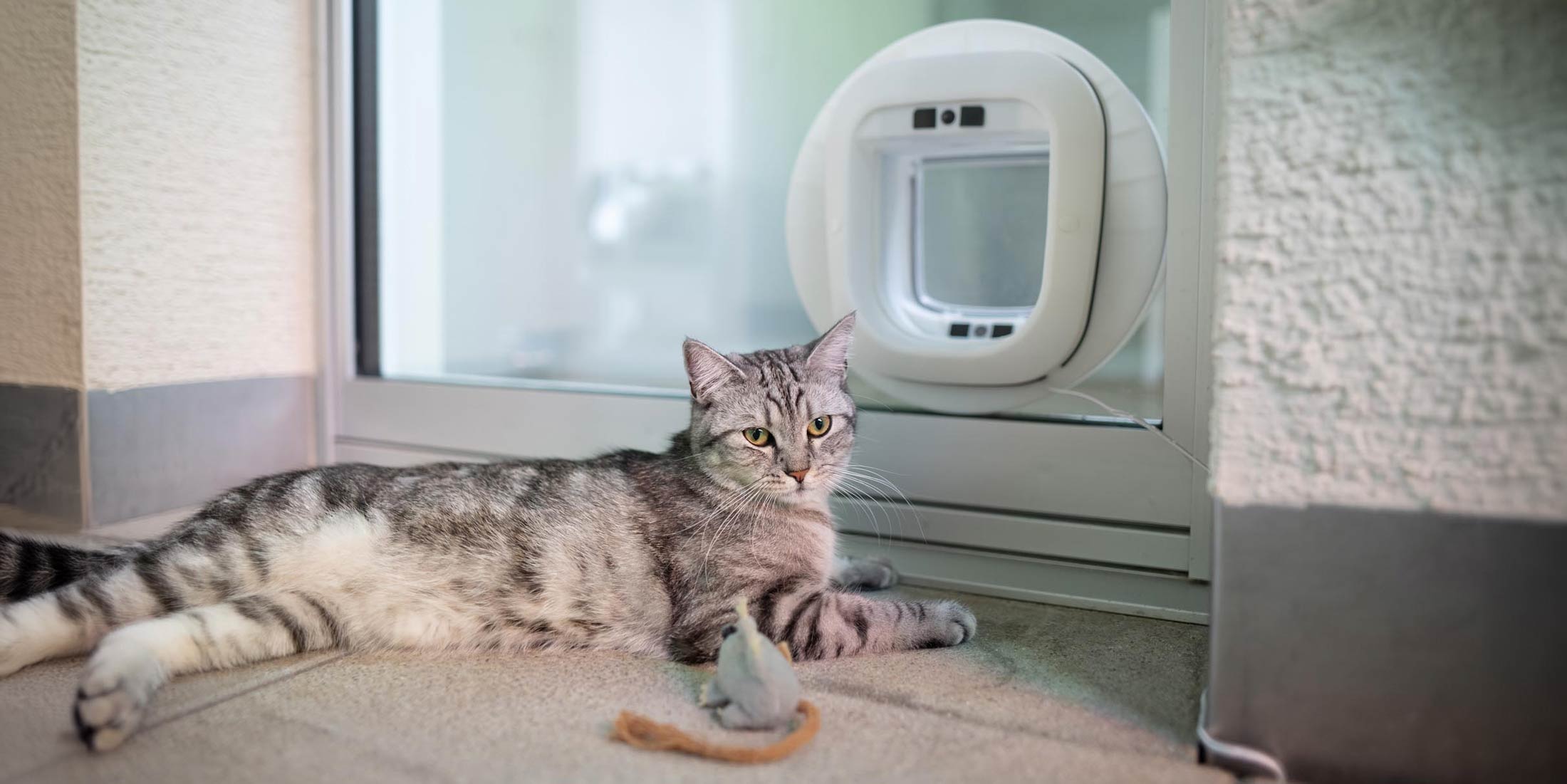
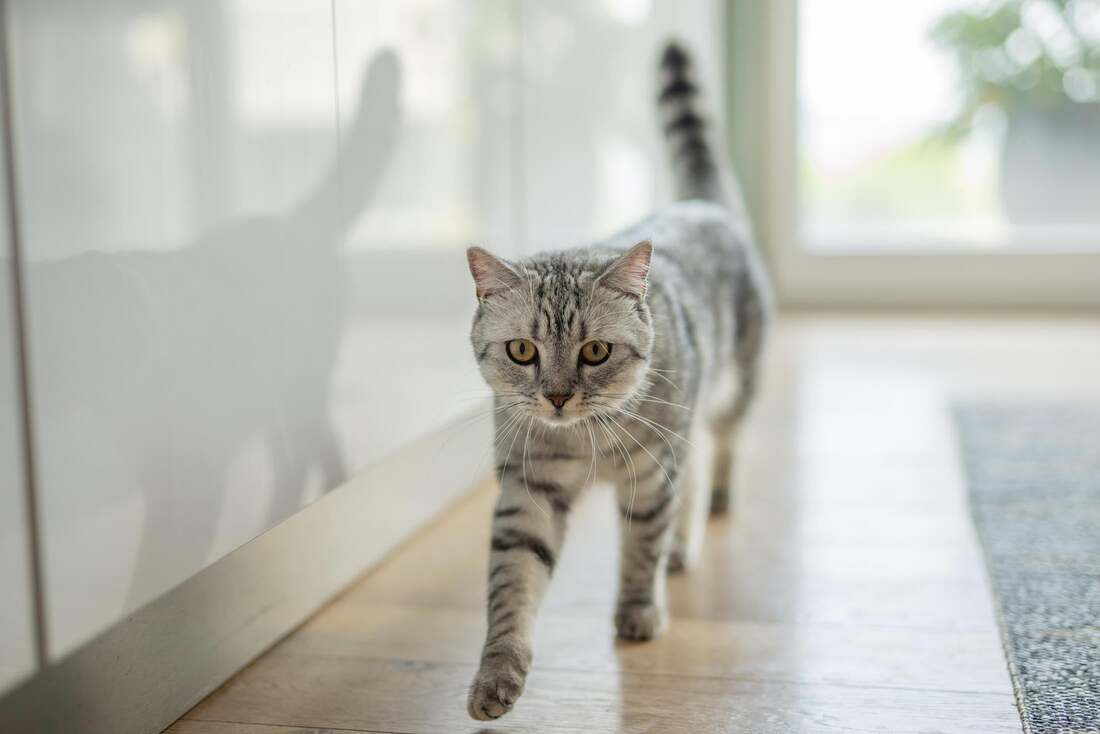
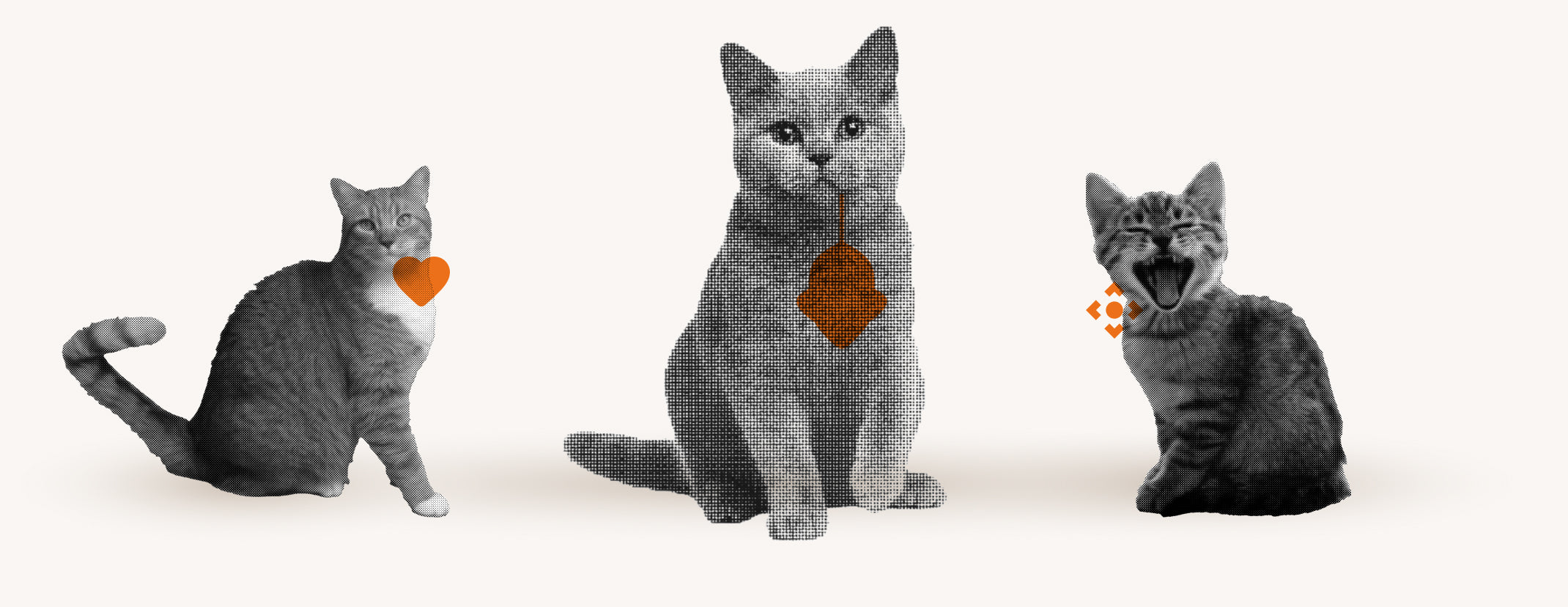
Share:
When cats scratch and bite: handling and solutions
Cat litter box in the kitchen: is that really a good idea?